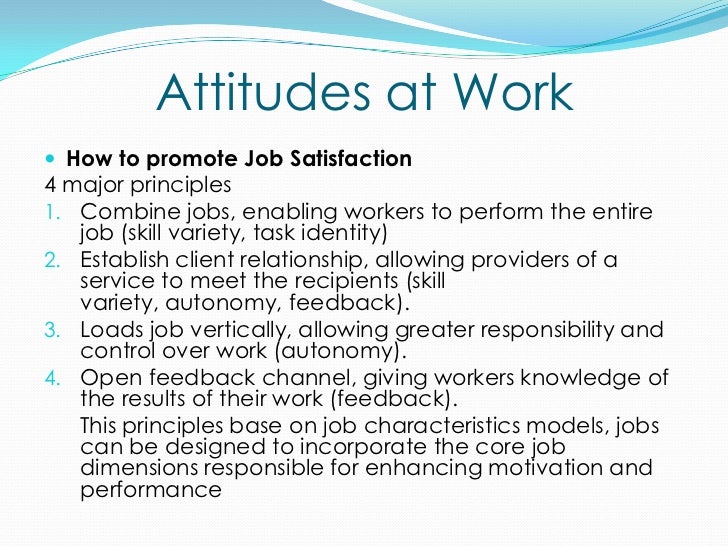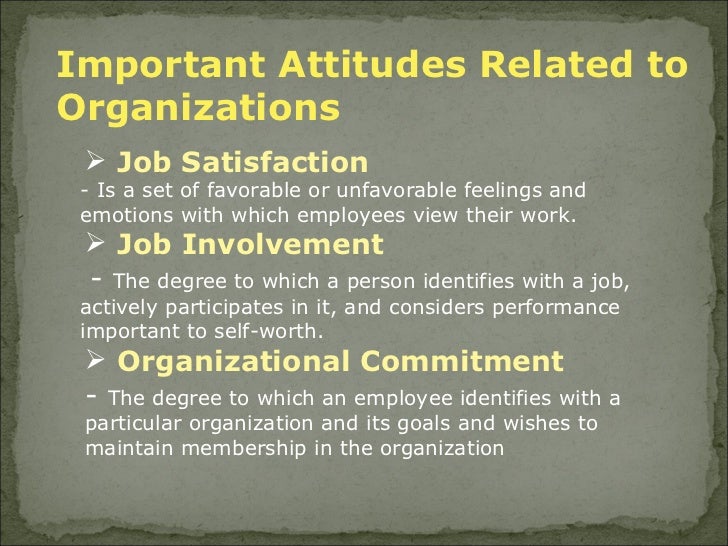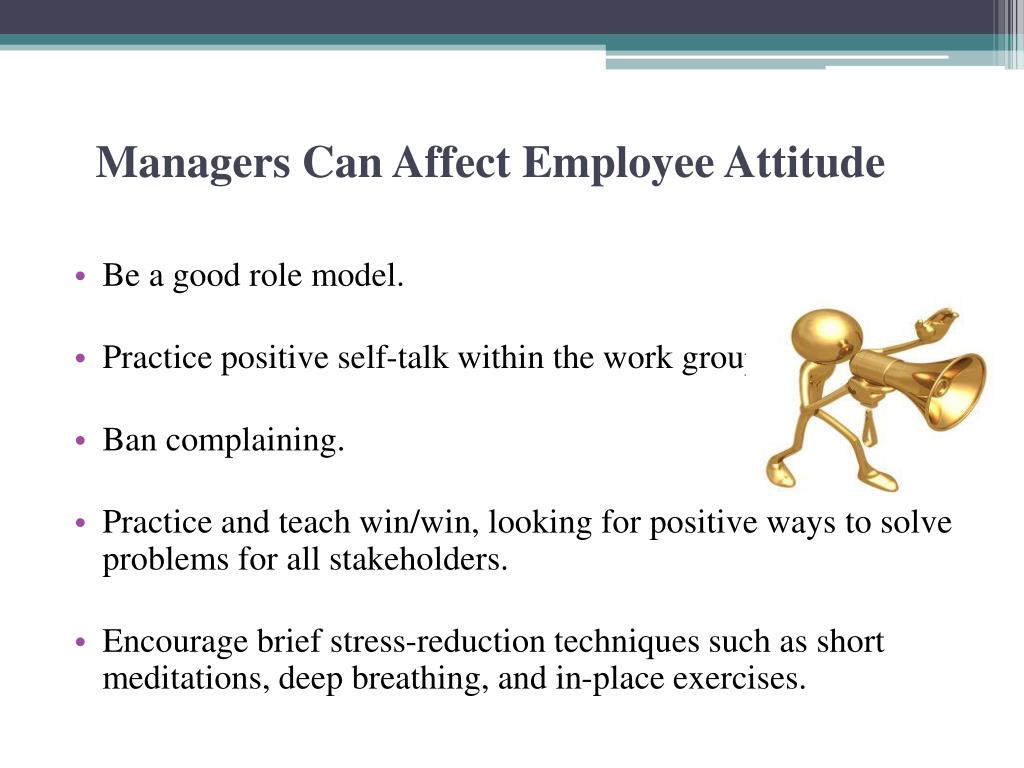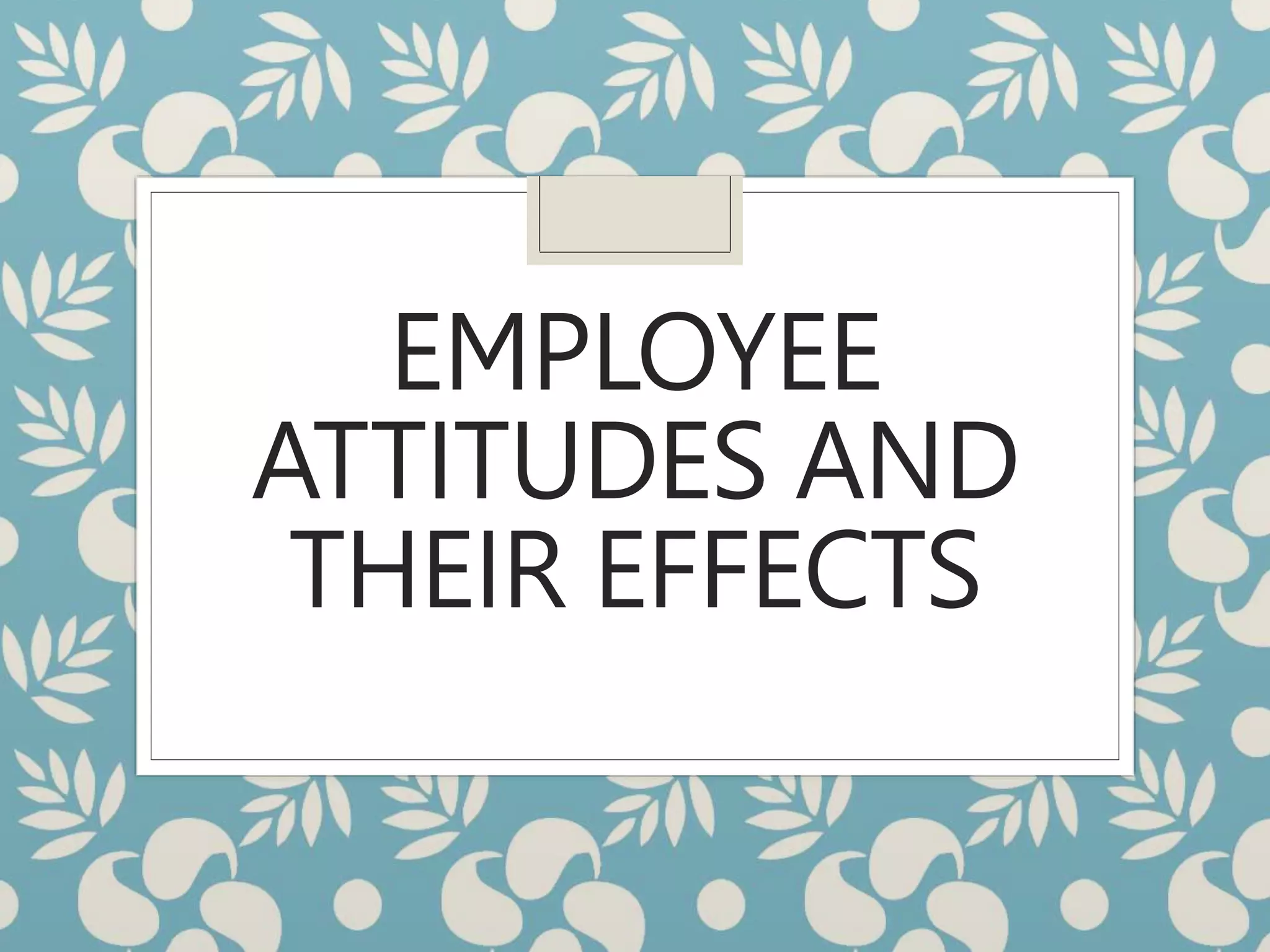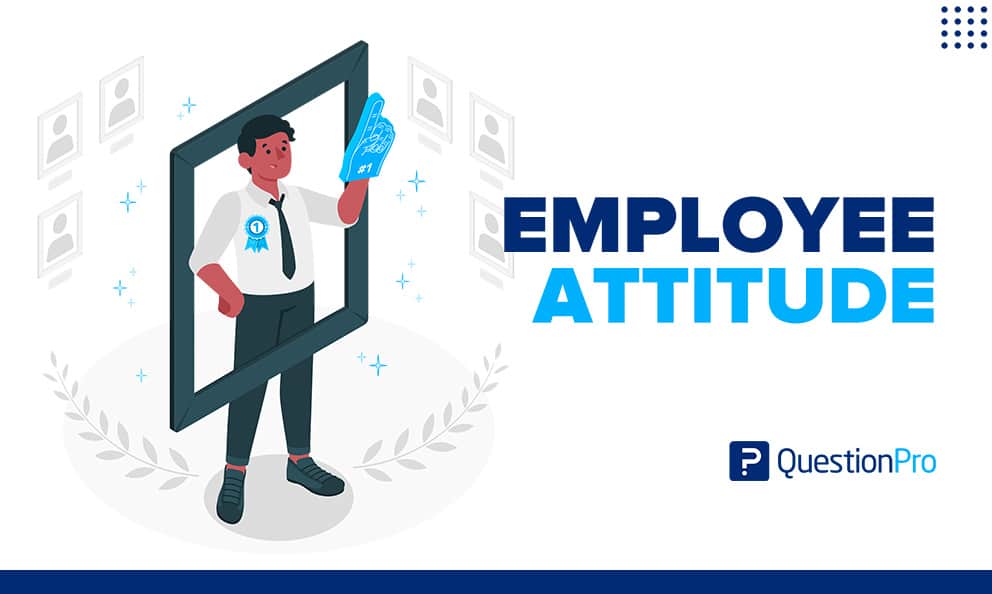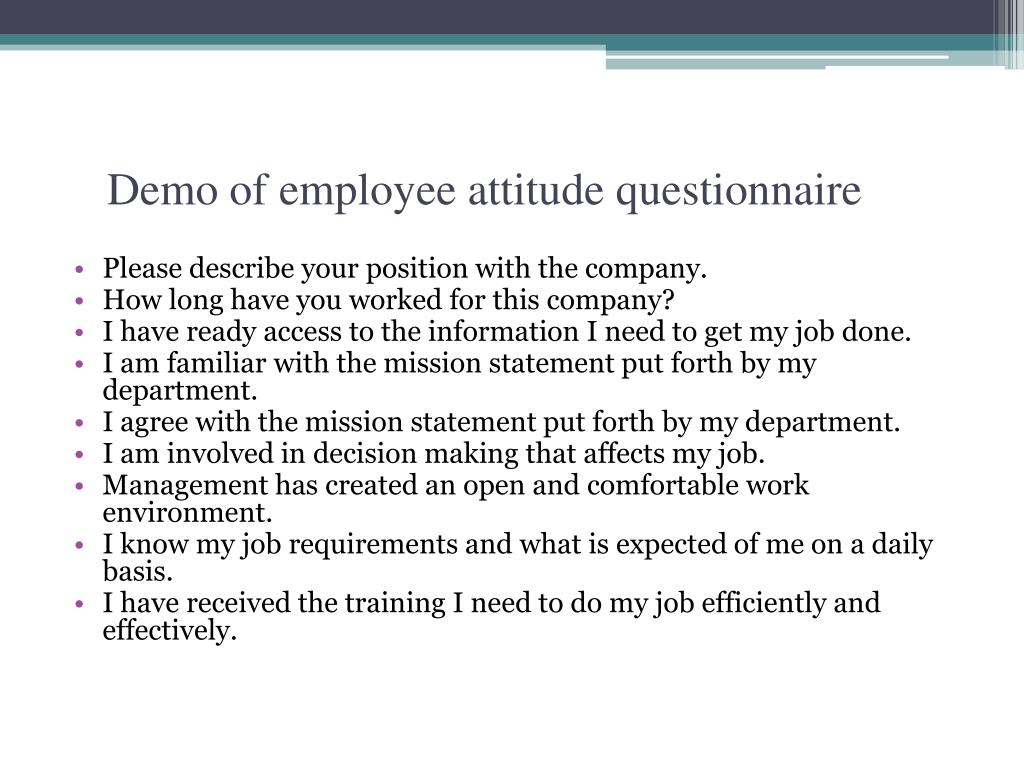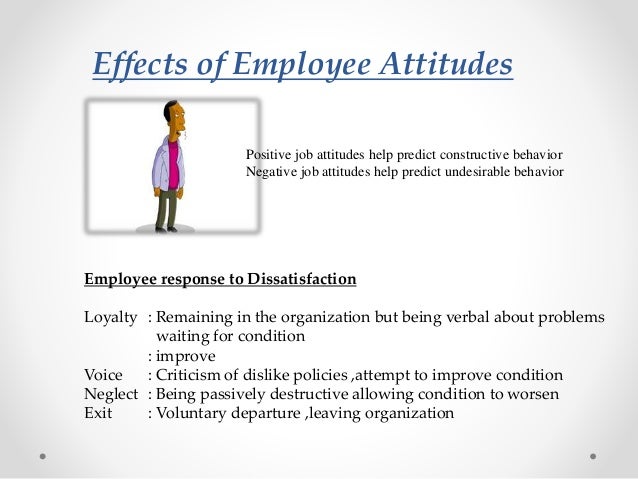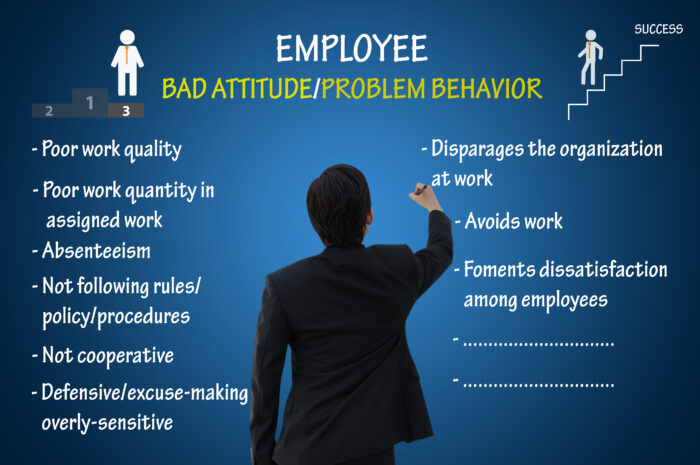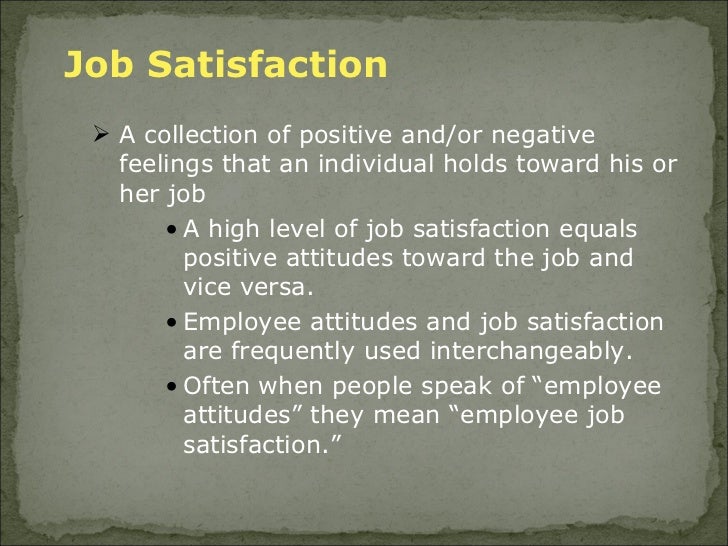How To Talk To Employees About Attitude

Addressing employee attitude issues can be a delicate but crucial task for managers. Neglecting negative attitudes can lead to decreased productivity, a toxic work environment, and ultimately, higher employee turnover. Many leaders struggle with initiating these conversations, unsure of how to approach the topic constructively.
Effective communication is key when addressing attitude concerns. The goal is to improve the employee's behavior and contribute to a more positive and productive workplace. This article explores strategies for managers to approach these sensitive conversations effectively.
Understanding the Root Cause
Before initiating any conversation, it's important to understand the possible reasons behind the negative attitude. Is it stemming from a specific event, a pattern of behavior, or a larger issue within the team or organization? Identifying the underlying cause is essential for crafting an appropriate and effective response.
Consider factors like workload, personal problems, lack of recognition, or conflicts with colleagues. According to a 2023 study by Gallup, employees who feel unappreciated are twice as likely to be looking for a new job. This underscores the importance of addressing potential issues proactively.
Preparing for the Conversation
Plan the conversation carefully, choosing a private and neutral setting. Avoid addressing the issue in public or during a stressful period. Schedule a dedicated time to talk, allowing ample opportunity for discussion and resolution.
Document specific instances of the behavior you're addressing. Anecdotal evidence helps illustrate the impact of the attitude and avoid generalizations. Having concrete examples strengthens your case and shows the employee that you've observed specific behaviors.
Initiating the Dialogue
Start the conversation by expressing your concern for the employee's well-being and professional development. Frame the conversation as a collaborative effort to improve the situation. Avoid accusatory language, and focus on the impact of the behavior.
Use "I" statements to express your observations and feelings. For example, instead of saying "You're always negative," try "I've noticed that you often express negativity during team meetings, and I'm concerned about the impact on team morale." This approach minimizes defensiveness.
Active Listening and Empathy
Give the employee ample opportunity to share their perspective. Practice active listening by paying attention, asking clarifying questions, and summarizing their points. Empathy is crucial in understanding their experience and building trust.
Even if you disagree with their perspective, acknowledge their feelings and validate their experience.
"I understand that you're feeling frustrated with the new project management system."This shows that you are listening and trying to understand.
Setting Clear Expectations
Clearly communicate the expected standards of behavior and performance. Ensure the employee understands what is expected of them moving forward. Be specific and measurable, defining acceptable and unacceptable behaviors.
Outline the consequences of not meeting these expectations, while also highlighting the benefits of positive change. This creates a clear understanding of the stakes and encourages the employee to take ownership of their behavior.
Developing an Action Plan
Collaboratively develop an action plan with specific, measurable, achievable, relevant, and time-bound (SMART) goals. This plan should outline steps the employee will take to improve their attitude and performance. Offer support and resources to help them succeed.
Consider providing training, coaching, or mentoring opportunities. Regular check-ins are crucial to monitor progress and provide ongoing feedback. Document the action plan and follow up regularly.
Following Up and Providing Feedback
Regularly check in with the employee to provide feedback on their progress. Acknowledge positive changes and offer constructive criticism when necessary. Continue to provide support and resources to help them maintain positive momentum.
If the attitude issue persists despite repeated efforts, consider involving Human Resources. Document all conversations and actions taken. This provides a record of your efforts and protects the organization.
The Importance of Consistent Application
Ensure that you apply these principles consistently across all employees. Favoritism or perceived bias can erode trust and create further negativity. Fairness and consistency are key to maintaining a positive and productive work environment.
By addressing employee attitude issues proactively and constructively, managers can create a more positive, productive, and engaged workforce. This ultimately benefits both the individual employee and the organization as a whole.

